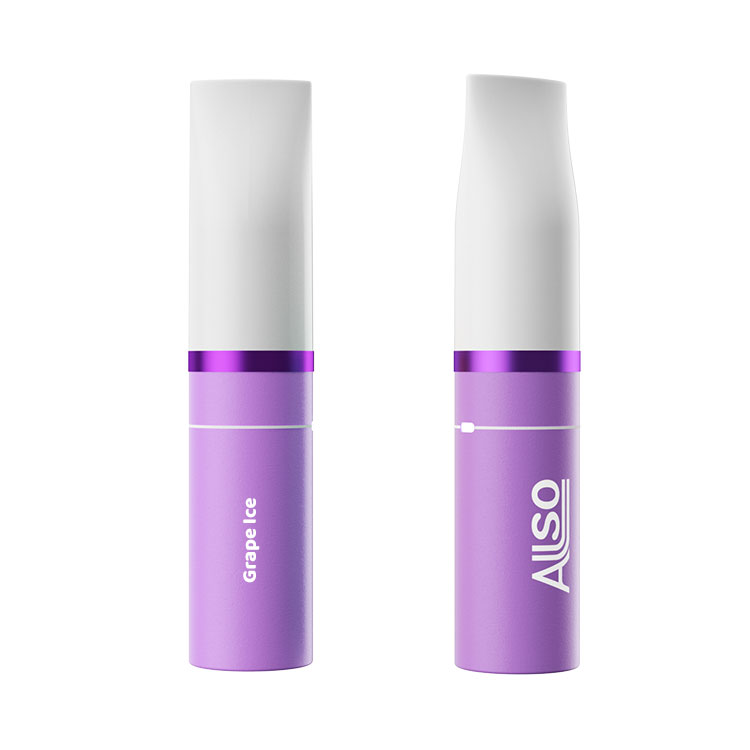Characteristics of TPD-compliant vapes
2024-04-09
The Tobacco Products Directive (TPD) is a set of regulations established by the European Union (EU) that govern the manufacturing, sale, and advertising of tobacco and related products, including electronic cigarettes and e-liquids. TPD compliance ensures that vape products meet certain safety, quality, and labeling standards to protect consumers and public health. Here are some key characteristics of TPD-compliant vapes:
1. E-liquid Ingredients: TPD-compliant e-liquids must adhere to strict guidelines regarding ingredients. This typically includes restrictions on the types and concentrations of nicotine, as well as limits on certain additives and flavorings that may pose health risks.
2. Nicotine Strength: TPD regulations often impose limits on the maximum nicotine concentration allowed in e-liquids, typically capped at 20mg/ml. This is intended to minimize the risk of nicotine addiction and overdose, particularly among new or inexperienced vapers.
3. E-liquid Bottle Size: TPD-compliant e-liquids are typically sold in bottles with a maximum capacity of 10ml. This limitation aims to reduce the risk of accidental ingestion, especially by children, and to ensure that e-liquids are packaged in tamper-evident and child-resistant containers.
4. Packaging and Labeling: TPD regulations require clear and standardized labeling on vape products, including information about ingredients, nicotine content, warnings about the health risks of vaping, and instructions for safe use. Packaging must also include tactile warning labels and specific symbols to indicate nicotine content and product suitability for certain groups, such as pregnant or breastfeeding women.
5. Product Notifications: Manufacturers and importers of vape products must submit detailed notifications to regulatory authorities before placing their products on the market. These notifications typically include information about product composition, toxicological data, manufacturing processes, and compliance with relevant regulations.
6. Quality and Safety Standards: TPD-compliant vapes must meet certain quality and safety standards to ensure that they are manufactured and distributed in a manner that protects consumer health. This may include requirements for product testing, quality control procedures, and adherence to Good Manufacturing Practice (GMP) guidelines.
7. Advertising and Promotion: TPD regulations impose restrictions on the advertising and promotion of vape products, particularly regarding the targeting of minors and the use of misleading or exaggerated claims about the benefits of vaping. Marketing materials must be clear, accurate, and not appeal to non-smokers or young people.
Overall, TPD compliance is essential for ensuring that vape products meet stringent regulatory requirements designed to protect consumer health and safety. Manufacturers, retailers, and distributors of vape products must adhere to these regulations to legally sell their products in the EU market.



